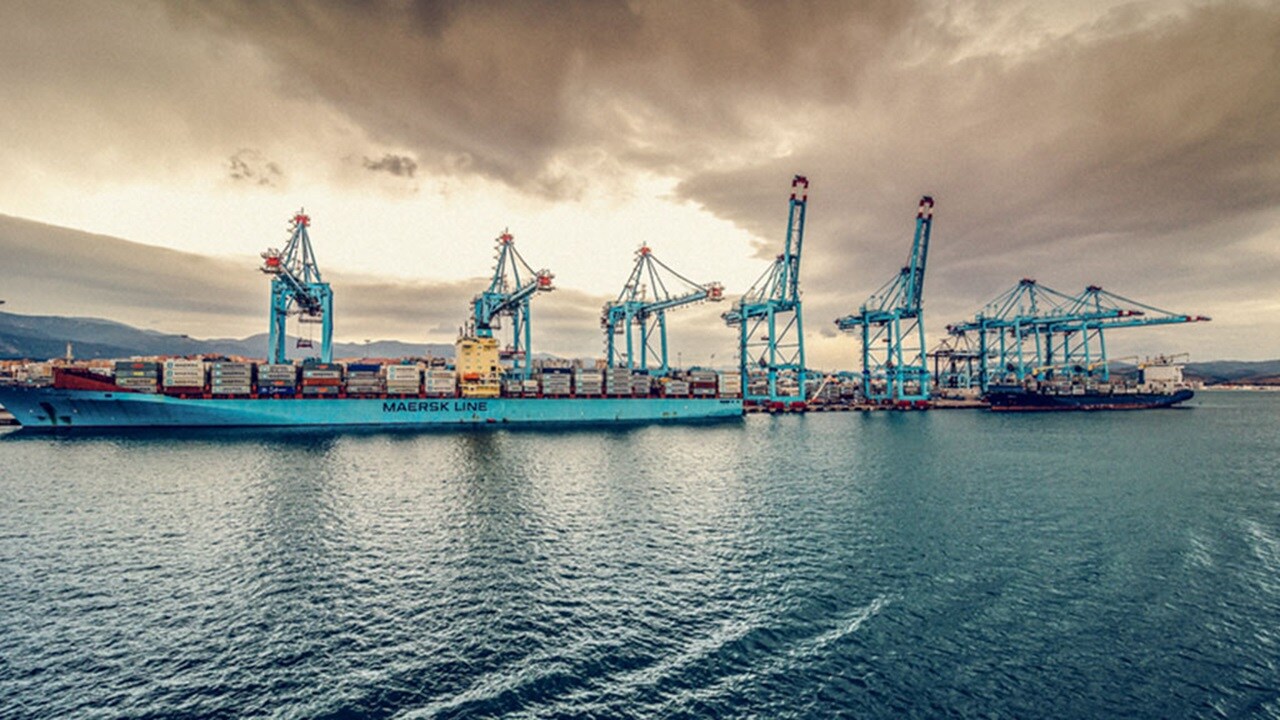The last couple of years have highlighted that despite the best of intentions, delays cannot always be avoided. Lingering aftermaths of the pandemic, disruptive weather patterns and unexpected hurdles crop up and disrupt logistics across the globe, resulting in delays that domino throughout the supply chain.
Though these inconveniences are often unavoidable, companies can get ahead if they know what to expect, especially at the first sign of delay.
In fact, with enough prior information about disruptions businesses can take these factors into account when forecasting their supply chains. This foresight will give companies a competitive edge, able to be more resilient and agile than their competitors - helping them to grow in this time of instability.
Why Delays Happen and How They Affect Supply Chain Visibility
Delays can happen for a multitude of reasons, the most common of which are weather, traffic, and high demand.
With climate change affecting more and more regions of the world, extreme weather patterns are becoming more prevalent. Flooding, typhoons, and hurricanes are affecting supply chains, bringing with them humanitarian emergencies and havoc on infrastructure. Large scale weather events impacted the world in 2022, including but not limited to the deadly snowstorm Malik (also known as Nadia) hitting northern Europe in January with significant flooding hitting Malaysia at the same time, massive snowfall across the US Northeast in February, with multiple states experiencing freezing and icing conditions, India having the hottest March in 122 years and tropical storms like Megi hitting Asia, resulting in mass casualties and massive infrastructural damage.
Not only do these extreme weather events impact human lives, but they also add to challenging situations by causing damage to supply chains. Weather-related challenges will undoubtedly continue to crop up; strong winds can result in forced grounding of airfreight. Storms can cause the need for rerouting or delays of ships and mass overheating, like that described in India, can cause the need for realignment of working structures, as traditional work structures may no longer work.
Another aspect is traffic. Traffic doesn’t only occur on streets and highways, slowing trucks with inland cargo. Indeed, port congestion can occur when there are too many containers in port, sometimes caused by peak seasons or high demand. These delays can have long-lasting effects on schedules and overall result in delays across the globe. The port of Los Angeles and Long Beach were both deeply affected by congestion, starting in November 2021, resulting in continuous delays and further congestion. Despite numerous parties working steadfastly to resolve the situation, including governmental support, the situation took long to resolve.
Covid-19 introduced many new challenges to the world of logistics -- one of which was keeping up with shifting consumer behaviours and high demand in purchased goods. Higher than average demand can overwhelm carrier capacities and slow down shipments when there simply is not enough room for all cargo or not enough goods waiting in the warehouse. This was acutely evident in the United States in March 2020 during the time that we now think of the Great Toilet Paper Panic. When lockdowns hit across the country, demand for toilet paper ballooned to 734% compared to the same day the previous year, and toilet paper companies were overwhelmed with not enough product waiting in warehouses to deploy.

Working With, Not Against
Delays aren’t always something you can plan into your supply chain. Often, they come as a shock, resulting in frustration and overall issues to your business plans. This is where an integrated end-to-end logistics partner can help you through.
Whilst it is impossible to predict the future, logistics providers can sometimes see where delays will occur, and can in turn make sure it is clear in their booking systems so business can plan accordingly.
Traditionally, many logistics providers choose to let their customers know about delays either right as they begin to affect their supply chain, or just a couple of days prior to the expected cargo arrival day. This popular approach often allows the logistics provider to communicate artificially short transit times during the booking process. However, a proactive logistics provider can choose to include the delays in their predicted transit times, even before the customer has booked their service, so that there is less potential for disruption once the cargo is on board.
The Benefit of a Proactive Delay Information
Though transit times may appear longer when shipping with logistics providers that offer proactive delay notifications, companies can utilise this knowledge to their benefit and act accordingly.
- Pivot to near or far sourcing: Depending on where the delay is occurring companies may choose to adjust their supply chain in response. By shifting their sourcing to a market that is not affected by the delay, they can benefit from the visibility provided and potentially bypass the delay entirely.
- Warehousing: If companies can anticipate a disruption ahead of time, they can look into speeding up their production and utilise warehousing solutions in the meantime. Thus, they can continue to provide their customers with steady inventory even when it may not always be in motion.
- Alternative methods of transit: If predicted delays are due to port congestion, companies may be interested in looking into air freight instead. Conversely, if strikes or staffing issues are affecting the trucking industry, there might be an opportunity to utilise rail solutions, or utilise barge options on river networks within or near destination country.
Grow with Delay Visibility
Delays are not going to stop being an issue, and as such, knowledge of delays are what can help companies weather unplanned changes. The immediate notification of possible delays allows companies to utilise this radical visibility to manage their supply chains with agility and resiliency. Finding alternative solutions faster than their competitors, means that companies can getting their products to the end customer more quickly, and more reliably than ever.
未来,您想随时了解必读行业趋势吗?
您已经完成了,欢迎“登船”!
很抱歉,发送您的联系请求时出现问题。
请查看表单字段,确保所有已正确填写所有必填信息。如果问题仍然存在,请联系我们的支持团队以获得进一步的帮助。
未来,您想随时了解必读行业趋势吗?
使用此表格注册,即可直接在您的邮箱中接收我们的洞察见解,进入一个真正的综合物流世界。简单操作,即从我们为您量身定做的精选文章中获得启发,了解相关行业洞察信息。您可以随时取消订阅。













